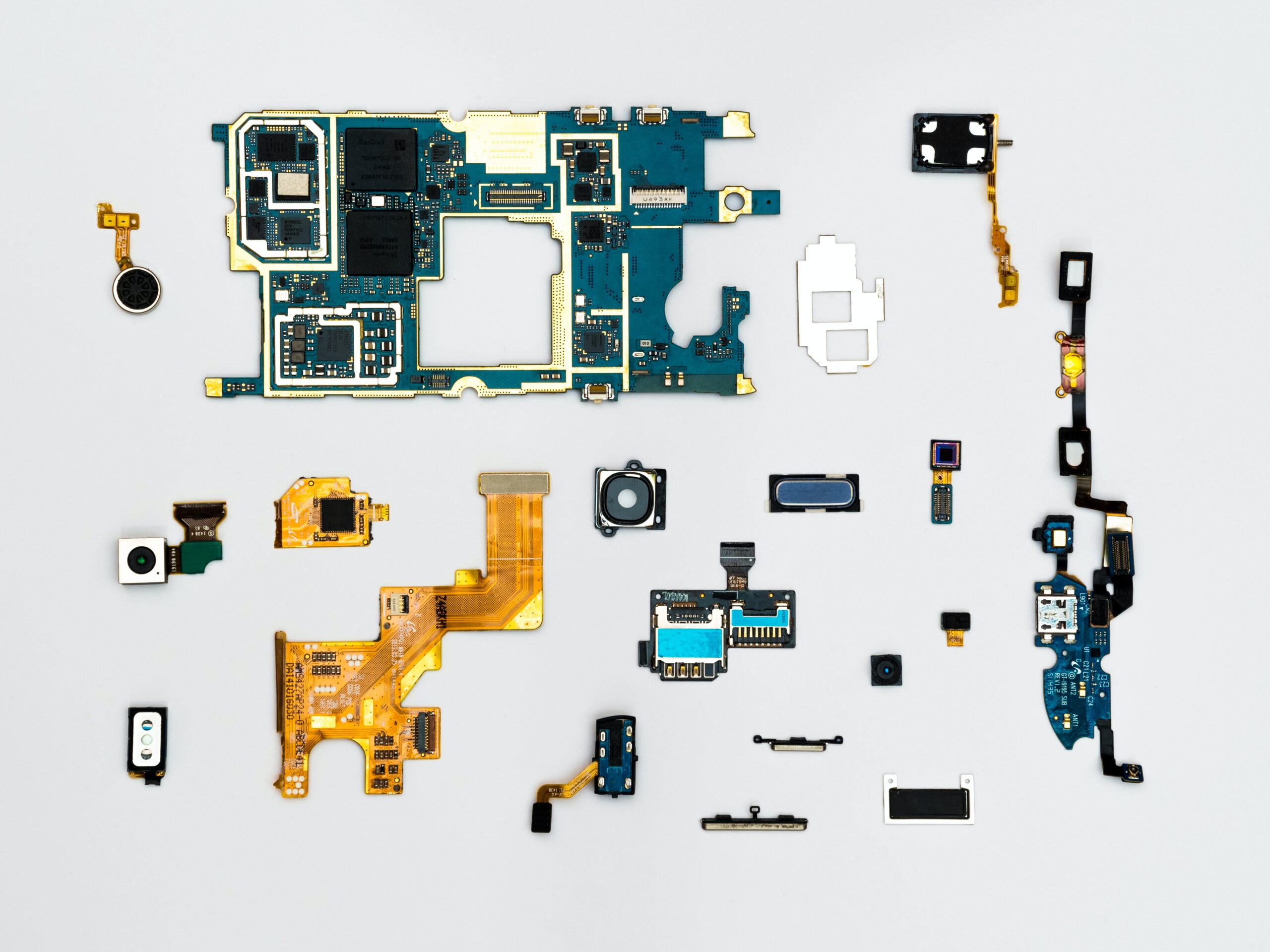There is a modern cryptography has a slow but looming threat just beyond the horizon, Quantum Computing. Without getting into the nitty gritty, the fundamental maths behind how we share secrets from device to device is at risk of being broken. The risks are especially present for solutions that are vulnerable to store now, decrypt later. Messaging apps are especially vulnerable to this type of attack and there are engineers already working to mitigate the risks.
Something not talked about frequently are topics such as the risks quantum computing have on modern forms of authentication/authorization. Most modern authentication/authorization frameworks (such as OpenIDConnect) rely on JWT Tokens and signing algorithms that are not quantum resistant. Once broken, attackers could functionally gain access to the front door by signing their own tokens to impersonate users on any of these systems. More worryingly is the fact that most systems use a single signer which means the encryption exploit can be reused to impersonate any user on that system.
Good news! NIST (National Institute of Standards and Technology) have been hard at work in evolving the backbone of digital freedom. From that very difficult work a number of algorithms have been selected for the future standards .
For digital signatures CRYSTALS-Dilithium, FALCON and SPHINCS+ was selected.
For encryption CRYSTALS-Kyber was selected.
What could this mean for us code monkeys on the ground building the internet backbone as we string together defensive middleware, layer hashing algorithms into our db and implement E2E client communication to fend off the hackers? This series looks to explore the implications and how the technology used commonly today will change. We will look at C# and RUST example test implementations of authentication and data protection practices in the post quantum age!
A example of what we will explore, a JWT authenticated API implementing Dilithium3.
